一、如果是已知寬高的元素做水平/垂直居中效果的話,可以直接用具體的數值指定定位佈局或偏移佈局,這個就不過多討論。這裡主要介紹在不知寬高或需要彈性佈局下的幾種實現方式。 二、1.table表格法思路:顯示設置父元素為:table,子元素為:cell-table,vertical-align: cent ...
一、如果是已知寬高的元素做水平/垂直居中效果的話,可以直接用具體的數值指定定位佈局或偏移佈局,這個就不過多討論。這裡主要介紹在不知寬高或需要彈性佈局下的幾種實現方式。
二、
1.table表格法
思路:顯示設置父元素為:table,子元素為:cell-table,vertical-align: center
優點:父元素(parent)可以動態的改變高度(table元素的特性)
缺點:IE8以下不支持
代碼實現:
.parent1{ display: table; height:300px; width: 300px; background-color: red; } .parent1 .child{ display: table-cell; vertical-align: middle; text-align: center; color: #fff; font-size: 16px; } </style> <body> <div class="parent1"> <div class="child">hello world-1</div> </div> </body>
效果:
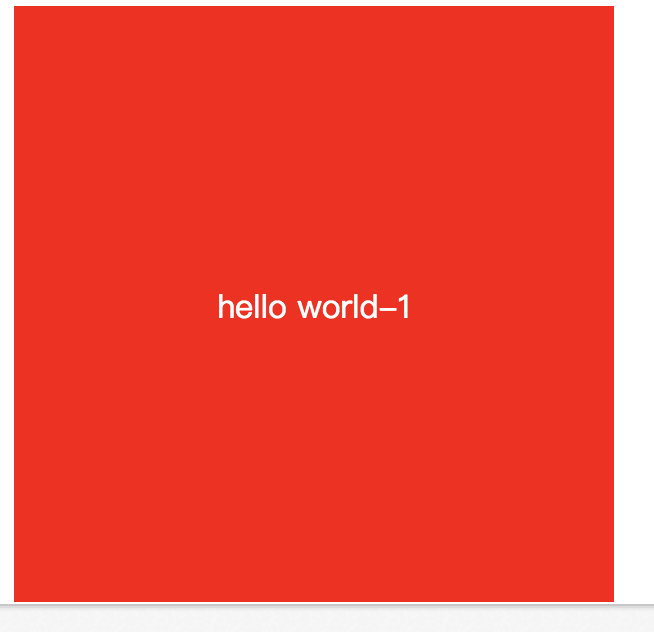
2.空元素法
思路:使用一個空標簽span設置他的vertical-align基準線為中間,並且讓他為inline-block,寬度為0
缺點:多了一個沒用的空標簽,display:inline-blockIE 6 7是不支持的(添加上:_zoom1;*display:inline)。當然也可以使用偽元素來代替span標簽,不過IE支持也不好
代碼實現:
<style> .parent2{ height:300px; width: 300px; text-align: center; background: red; } .parent2 span{ display: inline-block;; width: 0; height: 100%; vertical-align: middle; zoom: 1;/*BFC*/ *display: inline; } .parent2 .child{ display: inline-block; color: #fff; zoom: 1;/*BFC*/ *display: inline; } </style> <body> <div class="parent2"> <span></span> <div class="child">hello world-2</div> </div> </body>
效果:
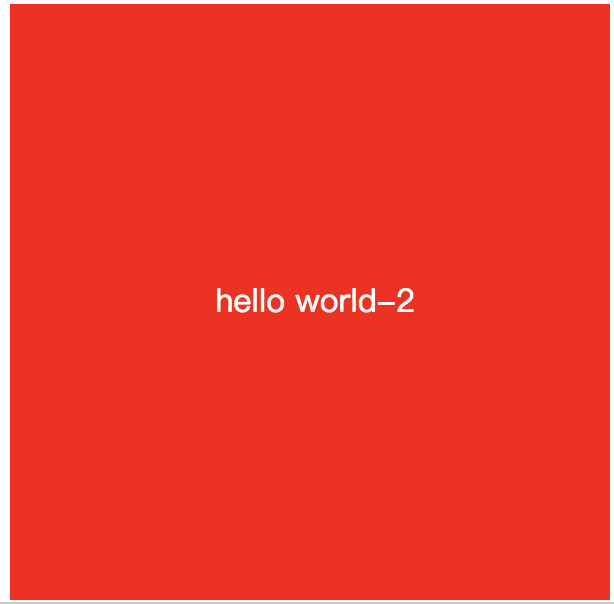
3.-50%定位法
思路:子元素絕對定位,距離頂部 50%,左邊50%,然後使用css3 transform:translate(-50%; -50%)
優點:高大上,可以在webkit內核的瀏覽器中使用
缺點:不支持IE9以下不支持transform屬性
代碼實現:
<style> .parent3{ position: relative; height:300px; width: 300px; background: red; } .parent3 .child{ position: absolute; top: 50%; left: 50%; color: #fff; transform: translate(-50%, -50%); } </style> <body> <div class="parent3"> <div class="child">hello world-3</div> </div> </body>
效果:
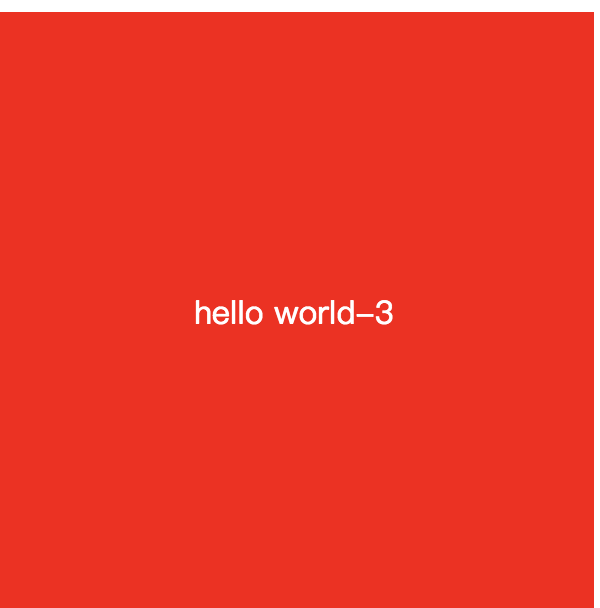
4.思路:使用css3 flex佈局法
優點:簡單 快捷
缺點:低端pc瀏覽器和低版本的安卓設備不支持,不過現在應該很少用了
代碼實現:
<style> .parent4{ display: flex; justify-content: center; align-items: center; width: 300px; height:300px; background: red; } .parent4 .child{ color:#fff; } </style> <body> <div class="parent4"> <div class="child">hello world-4</div> </div> </body>
效果:
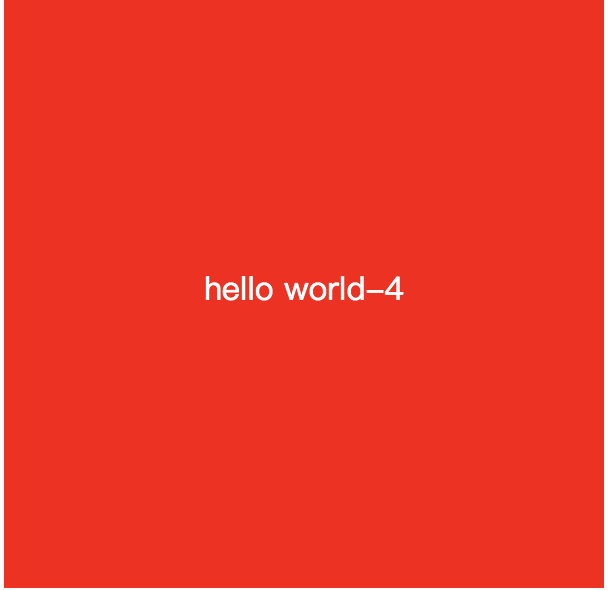
5.絕對定位法
思路:父元素使用定位(相對/絕對都行),子元素設置position:absolute; top: 0; left: 0; bottom: 0; right: 0; margin:auto;
優點:相容性好,父元素寬高可變,使用非常靈活,在做全屏居中的時候很好
缺點:子元素還是要指定寬高,可以用百分比
代碼實現:
.parent5{ position:absolute; width: 300px; height:300px; background: red; } .parent5 .child{ color:#fff; margin: auto; position:absolute; top:0; left:0; right:0; bottom:0; text-align:center; width:50%; height:20%; } </style> <body> <div class="parent5"> <div class="child">hello world-5</div> </div> </body>
效果:
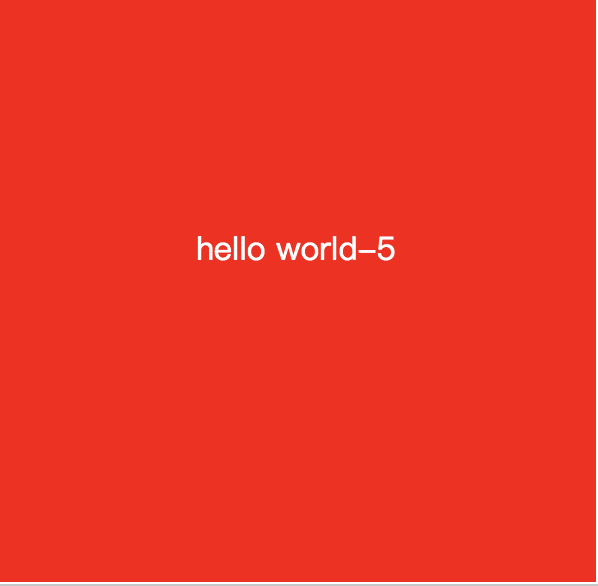
三、在追逐性能時代,現在基本都是webkit內核了,擁抱css3彈性佈局,個人比較推薦用4、5方法,4.flex佈局法適合在局部使用。5.絕對定位法適合在全屏場景使用,比如彈框中。


